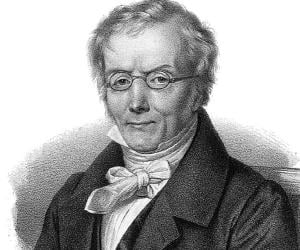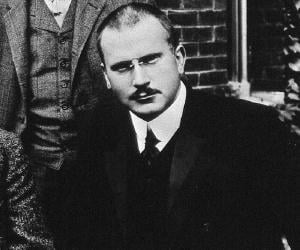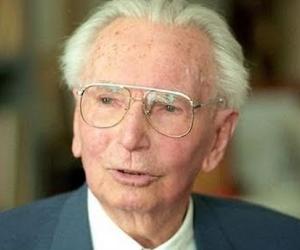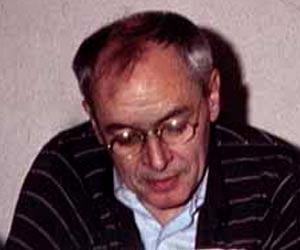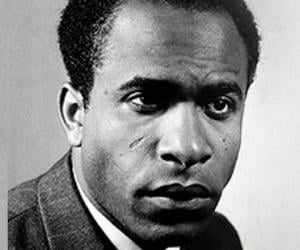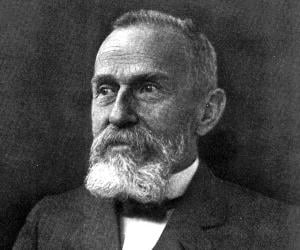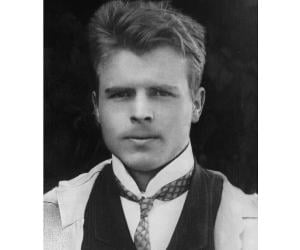Widely regarded as the father of analytical psychology, Carl Jung is one of the most important contributors to symbolization and dream analysis. The concepts of socionics and a popular psychometric instrument called Myers-Briggs Type Indicator (MBTI) were developed from Jung's theory. Apart from working as a psychiatrist and psychoanalyst, Carl Jung was also an artist, craftsman, builder, and prolific writer.
Austrian psychiatrist Viktor Frankl founded logotherapy. He also authored several books, most notably his bestselling autobiographical depiction of his ordeal at various Nazi concentration camps, Man's Search for Meaning. He had lost his parents, brother, and wife in the Holocaust. He later won honors such as the Oskar Pfister Award.
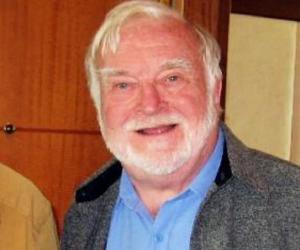
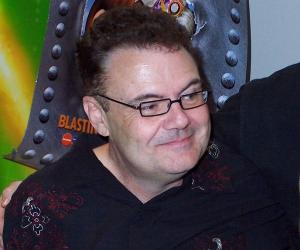
Psychiatrist R. D. Laing was known for his different perspective on mental illnesses, particularly psychosis. Known as anti-psychiatry, his theory of resolving mental ailments opposed the age-old shock therapy. His written works include The Divided Self. He was also a talented poet and had fathered 10 children by four women.
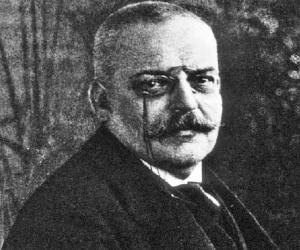
German psychiatrist and neuropathologist Alois Alzheimer is noted for identifying the first published case of presenile dementia, which his colleague and German psychiatrist Emil Kraepelin later identified as Alzheimer's disease. Alois publicly discussed his findings on brain pathology and symptoms of presenile dementia in late-1906 and penned a larger paper giving details of the disease and his findings in 1907.
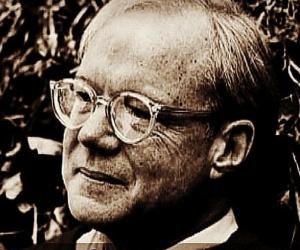
Frantz Fanon was a French-West Indian born in Martinique, a former French colony. A skilled psychiatrist and physician, he realized the impact of colonialism on the human mind while treating French soldiers and Algerians. The author of books such as The Wretched of the Earth, Fanon supported the Algerian independence movement.
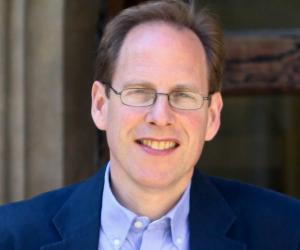
British clinical-psychologist Simon Baron-Cohen is noted for making significant contributions in fields like autism-neuroimaging, autism-genetics, and synaesthesia, and his services to autistic people, for which he was knighted in the 2021 New Year Honours. He formulated mind-blindness theory and fetal-sex-steroid theory of autism and presently serves as a professor at the University of Cambridge and director of the university's Autism Research Centre.

Andrea Dotti was an Italian psychiatrist. He specialized in treating women with depression and was the assistant director of Rome University's psychiatric department. He was also a skier, tennis player, dancer, and art collector. He was married to famous actress Audrey Hepburn from 1969 to 1982, and the couple had one son. Dotti had several affairs during their marriage.
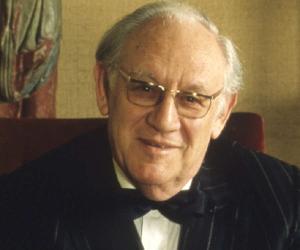
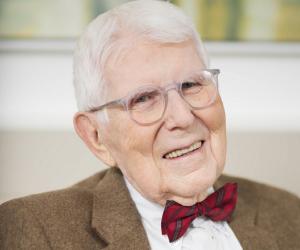
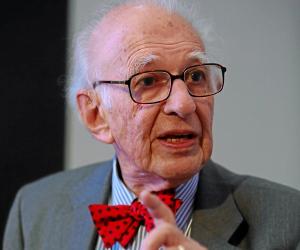
Nobel Prize-winning neurobiologist Eric Kandel is known for his research on the role of synapses in memory and learning. An Austrian Jew, he left his country with his family and moved to the U.S. in the wake of anti-Semitism. A doctor, specializing in psychiatry, he later taught at Columbia University.
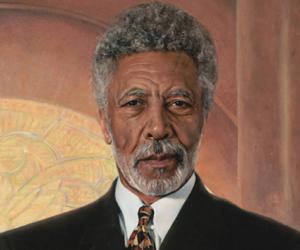
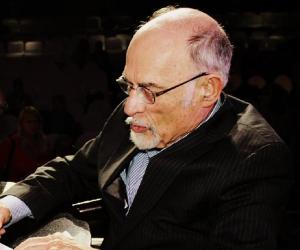
The son of a musician, Emil Kraepelin, remembered as the founder of psychiatry, was the first to differentiate between dementia praecox, now known as schizophrenia, and manic-depressive psychosis. His classification of mental illnesses influenced much of the research on the subject in the 20th century.
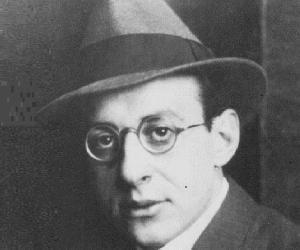
Fritz Perls initially fought in World War I, following which he treated brain injuries of soldiers. He was later drawn to Freudian psychoanalysis. During World War II, he was the psychiatrist for the South African military. His Gestalt therapy, which he co-created with his wife, Laura, redefined psychology.
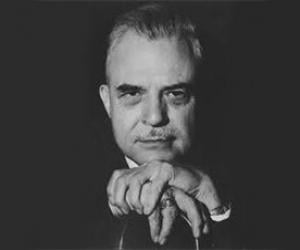
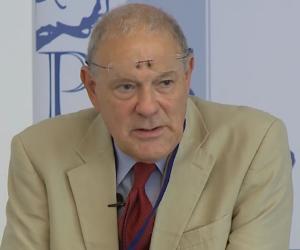
Anthony Malcolm Daniels, better known by his pseudonym, Theodore Dalrymple, has worked as a physician in many African countries, such as Tanzania and Zimbabwe. The retired consultant psychiatrist and prison doctor is now known for his social and culture critiques in City Journal and other publications.
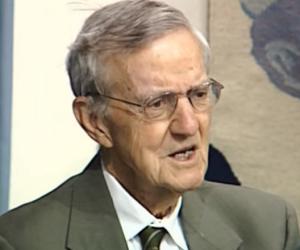
Canadian-American psychiatrist and University of Virginia School of Medicine professor Ian Stevenson believed he had developed his love for the paranormal from his mother, who maintained a well-stocked library on theosophy. His studies included unearthing children’s past life memories. He also penned books such as Reincarnation and Biology.
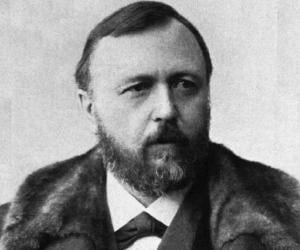
Known for his ground-breaking research on sexual psychopathology, German psychologist Richard von Krafft-Ebing worked on varied subjects such as sexual aberration and hypnosis. His Psychopathia Sexualis was one of the first written works that discussed LGBT sex and also spoke about taboo topics such as sadism, necrophilia, and masochism.
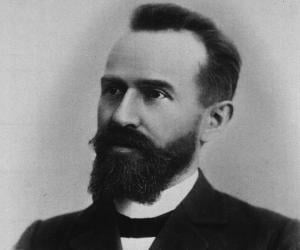

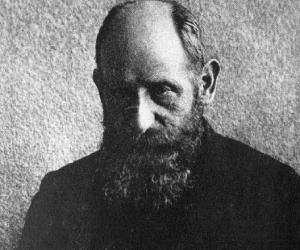
Psychoanalyst and physician Josef Breuer inspired what later came to be known as Sigmund Freud’s cathartic method to treat mental ailments. His experiments with his patient Anna O. proved the therapeutic effect of the talking cure. He had also conducted research on the respiratory cycle and discovered the Hering-Breuer reflex.
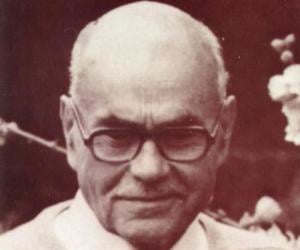
Born in British India, Wilfred Bion grew up to be a prominent psychoanalyst. He had fought during World War I. He is best remembered for his work on group dynamics and the object relations theory. He was also part of the Tavistock group of psychologists who founded the Tavistock Institute.
Remembered for inventing the inkblot test to uncover the hidden traits of a subject’s personality, known as the Rorschach test, Swiss psychiatrist Hermann Rorschach was born to an art teacher in Zürich and had thus wished to be an artist initially. His Rorschach test was later criticized for its subjectivity.
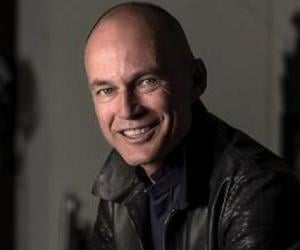
Though a qualified psychiatrist and a lecturer of hypnosis, Bertrand Piccard is better known as an aviator. The son of oceanographer Jacques Piccard and the grandson of explorer Auguste Piccard, Bertrand completed the first solar-powered flight and the first non-stop balloon trip around the world.

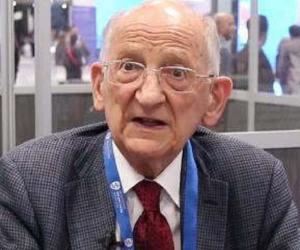
After fleeing to Chile with his family during the Nazi regime, Otto F. Kernberg studied medicine and then psychiatry. He eventually moved to the U.S. on a Rockefeller fellowship and grew up to be one of the finest psychoanalysts of the country. He now teaches at the Weill Cornell Medicine.
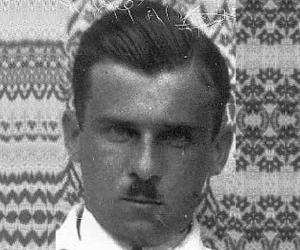
Best known for leading the mass killing of Jews at the Treblinka extermination camp, psychiatrist Irmfried Eberl was eventually dismissed from his post because of his inefficiency in disposing of the bodies and thus causing a cremation backlog. Following the war, he hanged himself before being tried for his crimes.
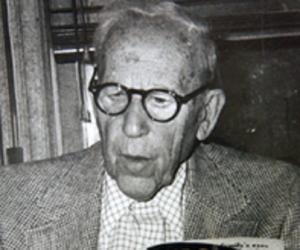
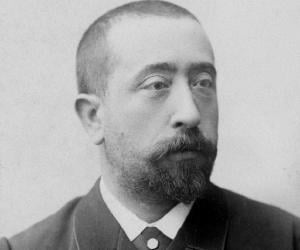
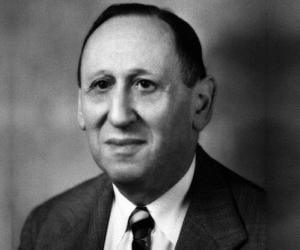
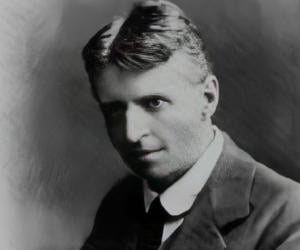
Born to renowned criminologist Hans Gross, Otto Gross initially worked with his father but later deviated to depth psychology. It is believed, he was a liberal drug user and an advocate of polyamory. He apparently allowed his wife to have sexual relationships with other men, often participating as an observer.
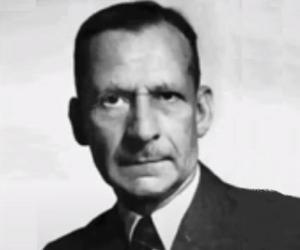
Chiefly known for his works on the diagnosis and understanding of schizophrenia, German psychiatrist Kurt Schneider published many papers on the subject, creating a list of the psychotic symptoms, today known as Schneiderian First-Rank Symptoms, to differentiate it from other forms of mental disorder. He also made significant contributions to personality disorders, coining term like endogenous depression and reactive depression.
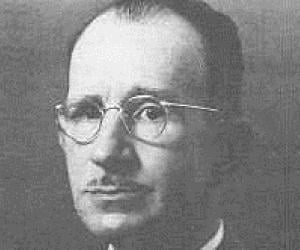
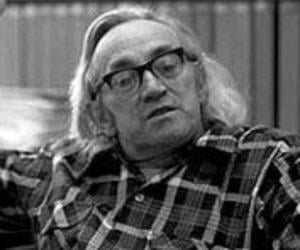
Best known for his world-renowned bestselling sex manual The Joy of Sex and its equally successful follow-up books, British physician Alex Comfort had earned the nickname “Dr. Sex.” He had also written extensively on aging. He had apparently lost his left hand, except his thumb, in a gunpowder experiment.
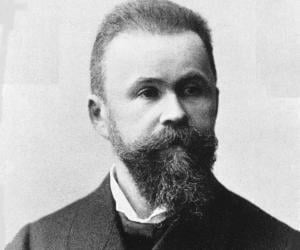
German neurologist, pathologist, and anatomist Carl Wernicke is best remembered for his extensive work on the various types of aphasia, or disorders that hinder the ability to speak or write. He also distinguished between motor aphasia and sensory aphasia, or what is now known as Wernicke's aphasia.
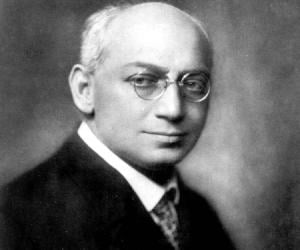
Sándor Ferenczi is best remembered for his research on free association and the psychoanalytic theory. Initially an army doctor, he specialized in subjects such as neuropathology and hypnosis. He was also close to Sigmund Freud and later taught at the University of Budapest. He also established the Hungarian Psychoanalytic Society.
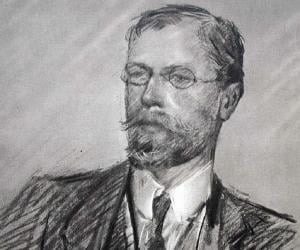
Axel Munthe was a Swedish-born psychiatrist and medical doctor. He is best remembered for writing an autobiographical work titled The Story of San Michele. Munthe often risked his own life to offer medical help during war, plague, and disaster. He also treated the poor without charge. Axel Munthe was also a well-known animal rights activist.
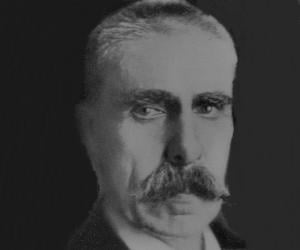
Nobel Prize-winning Austrian psychiatrist Julius Wagner-Jauregg is best known for revolutionizing medical science by partially treating general paresis through artificial induction of malaria. He paved the path for shock therapy and fever therapy to treat mental ailments. He also studied thyroid and ovarian issues. He later became a Nazi sympathizer.
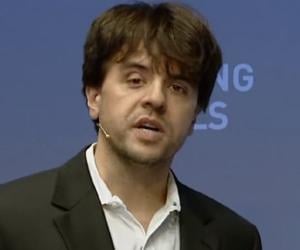
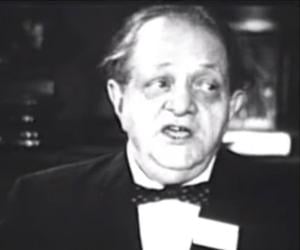
Romanian-American psychiatrist Jacob L. Moreno is best remembered for introducing the concept of psychodrama, consisting of role-play exercises and dramatizations by patients, as a therapeutic method to cure mental ailments. He also pioneered group psychotherapy, introduced the study of social networks, and coined the terms sociometry and sociatry.
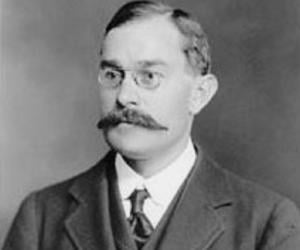
English anthropologist and psychologist W. H. R. Rivers is best remembered for his work on the Todas of the Nilgiri Hills. A qualified physician, he also taught at Cambridge and worked extensively on medical psychology. One of his best-known works is Kinship and Social Organisation.
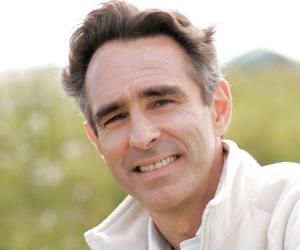
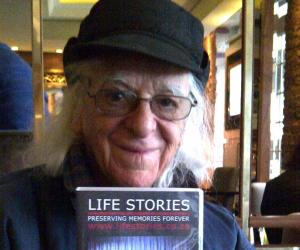
South African psychiatrist Joseph Wolpe, a leading figure in behaviour therapy, is noted for his reciprocal inhibition methods, especially for developing systematic desensitization. He also developed Subjective Units of Disturbance Scale and created Fear Survey Plan and Subjective Anxiety Scale. He was ranked as the 53rd most-cited psychologist of the twentieth-century in a 2002 survey of Review of General Psychology.
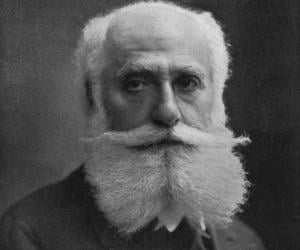
Hungarian physician and author Max Nordau was the son of a rabbi. After practicing medicine in Budapest for a while, he went to Paris and began writing for Neue Freie Presse. A major figure behind the Zionist Organization, he penned The Conventional Lies of Our Civilization, which was banned in several countries.
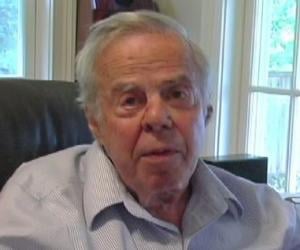
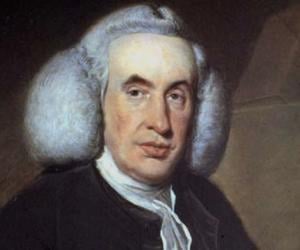
Apart from being a prominent Scottish physician, William Cullen was also a main pillar of the Scottish Enlightenment. Not only did he treat luminaries such as philosopher David Hume, but he also treated the poor free of cost. A University of Edinburgh professor of medicine, he was also a Royal Society Fellow.
